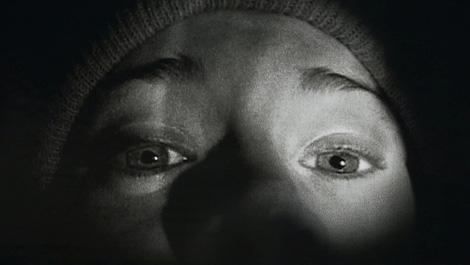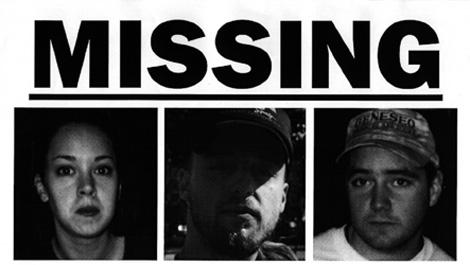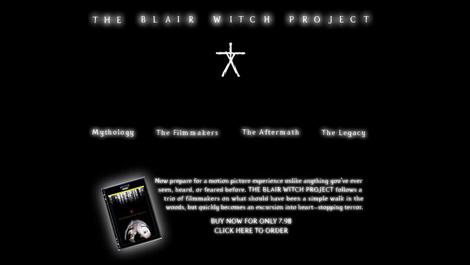How The Blair Witch Project Changed Movie Marketing Forever
15 years on, we revisit the horror classic

15 years ago this week film fans were abuzz over the release of a low-budget horror flick that had come from nowhere to take the multiplex by storm.
Shot with a handheld camera and made for a shoestring budget, the film captivated audiences’ imaginations and busted blocks to the tune of a whopping $250million at the box office.
That movie was of course The Blair Witch Project , a film that not only scared the bejesus out of audiences but changed the way they’d experience movies forever.
The brainchild of a trio of student filmmakers, the film is perhaps best remembered for popularising the found footage formula, inspiring an entire sub-genre of cinema that’s still wowing audiences today. But the way in which this magnum opus shaky cam cinema was shot is not The Blair Witch Project ’s most enduring legacy; it was the way in which the movie was marketed that really broke the mould.
After all, the world was a very different place back in 1999. There was no YouTube, there were no smartphones and no social media. You couldn’t poke your friends or Tweet your thoughts to a global audience. Hell you wouldn’t even be able to set up a MySpace account for another four years. Instead traditional marketing was king, and films with the largest advertising budgets, the sharpest trailers or the biggest array of bankable stars reigned supreme at the box office.
So how did a movie with a shoestring budget and a cast of amateurs become the year’s most talked about movie?
If the devil’s greatest trick was convincing people that he didn’t exist, then The Blair Witch Project ’s was fooling the public into believing that it did. For months building up to its release the film fed off of the myth that the events captured on camera had actually happened. The fact that many film fans weren’t familiar with the found footage formula helped of course, but the real magic came in the way the movie was marketed online.
Bringing all the latest movie news, features, and reviews to your inbox

Long before anyone had even coined the term ‘viral marketing’, the filmmakers were using the internet to get audiences to buy into the premise that The Blair Witch Project was a true story. A website was set up (something of a novelty for the time) which enabled audiences to read about the history and the mythology behind The Blair Witch. Filled with legends, journal entries and fake newspaper reports it pushed the idea that the events captured on film had actually happened.
But the filmmakers went further than that. They took to message boards to spread rumours, imposed a media blackout on their stars (who used their real names in the movie) and even doctored their IMDB entries to list them as “missing, presumed dead.” Their efforts were so effective that the cast’s family even received condolence calls from friends.
In essence the filmmakers staged a snuff film, a sleight of hand that ensured audiences were lining up to file into theatres. More importantly however it got people talking about The Blair Witch Project . The movie was everywhere. It graced the front covers of newspapers and magazines, took primetime spots on TV news and was one of the summer’s hottest discussion topics. Not since Orson Welles’ infamous broadcast of War of the Worlds had so many people bought into the idea that a work of fiction had actually occurred.
Unsurprisingly, Hollywood took notice. Found footage pictures were soon everywhere and low budget became the norm for the horror genre. The ‘based on actual events’ shtick also stuck, and today it’s almost impossible to find a frightener that doesn’t cling tenuously to true life. Whilst films like Paranormal Activity, Chronicle and [REC] are perhaps its natural successors, it’s fair to say that the film has left its mark on just about every blockbuster to reach the big screen in the past years since it first landed.

After The Blair Witch Project the internet became the lifeblood of the movie industry. Fast-forward to today, it’s almost impossible to imagine a film being released without the now ubiquitous social media activity, viral-ready videos and steady drip feed of online content. Word of mouth is now key to a movie’s success and viral campaigns, like the one first cooked up by this camcorder classic are the norm.
From big-budget blockbusters like The Dark Knight to Blair Witch acolytes like Paranormal Activity , studios are harnessing the power of viral marketing to turn movies into mega hits at the multiplex. And whilst the methods have evolved a little since 1999 the result is still the same, and the ever-increasing box office takings of modern movies is a testament to the techniques that The Blair Witch Project first developed a decade and a half ago.


